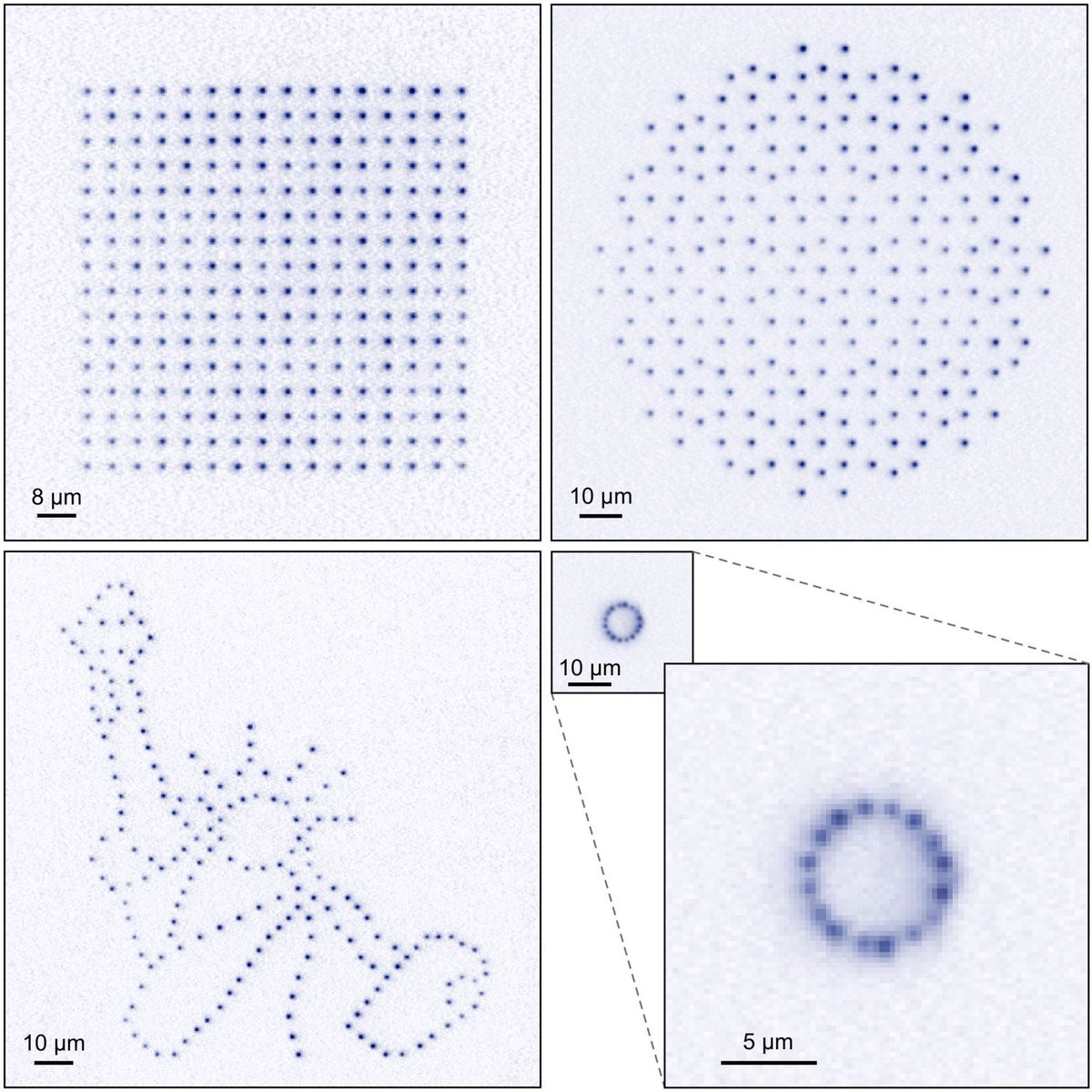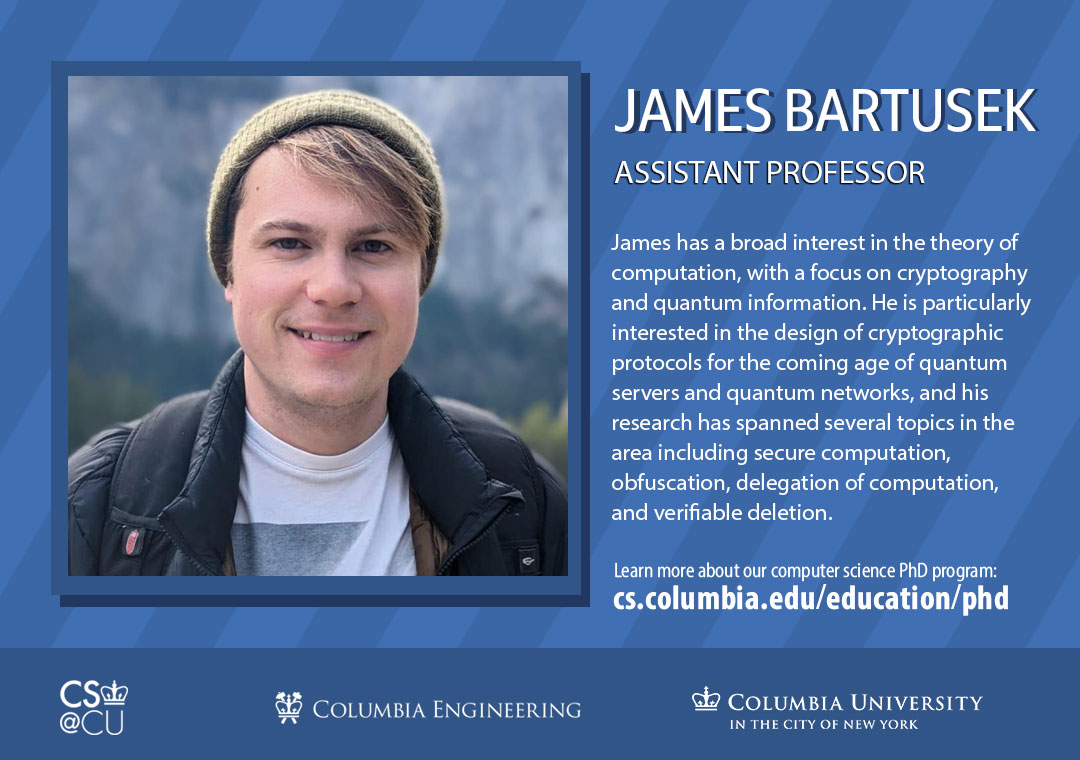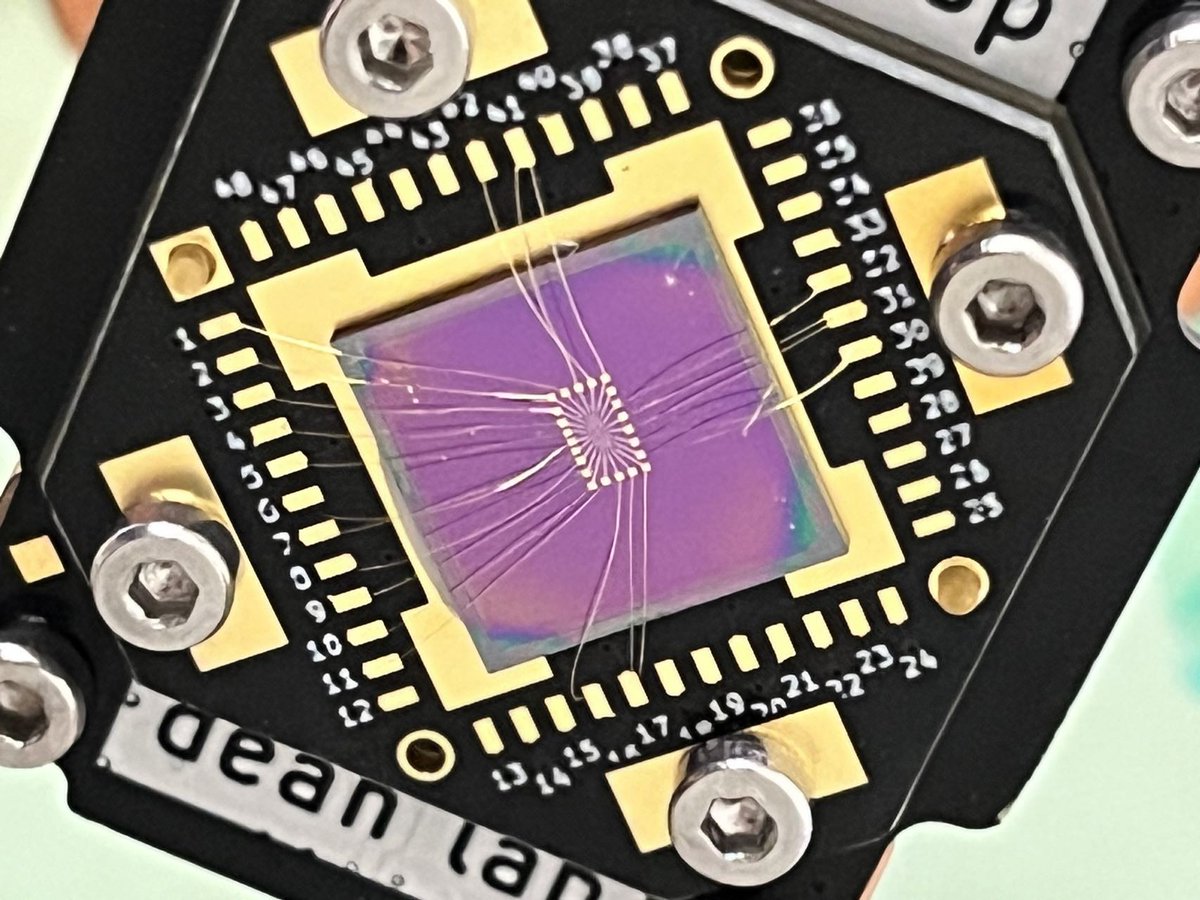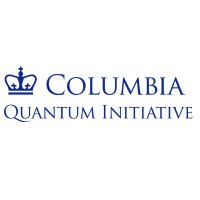
Columbia Quantum Initiative
@columbiaquantum
Sharing research, events, and other news from the Quantum Initiative at @Columbia.
Subscribe for monthly updates: eepurl.com/hQe-XD
ID: 1442929203452780545
https://quantum.columbia.edu/ 28-09-2021 19:08:35
1,1K Tweet
1,1K Followers
374 Following
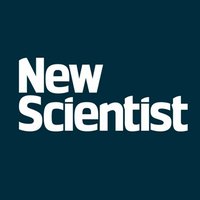

“This [particle] is very bizarre. You can imagine walking on the streets of New York and if you go straight, you are super light, you are massless. But turn 90 degrees east or west, and you become super massive.” In my latest for New Scientist newscientist.com/article/245450…

A Columbia Engineering startup nabs $44M to tackle energy and scalability challenges with a new platform that significantly boosts AI data performance and efficiency. Columbia Engineering Read more: engineering.columbia.edu/about/news/xsc…


.Columbia Physics Department and Columbia Engineering Team Partner with Stony Brook University in the National Quantum Virtual Laboratory Program. Columbia Quantum Initiative Read More: ee.columbia.edu/news/columbia-…


Natalie Parham (Natalie Parham), a PhD student who I am proud to call myself an advisor to, is one of the recipients of the Google PhD Fellowships in Quantum Computing. Congrats Natalie! Here's a nice Q&A with her: quantum.columbia.edu/news/identifyi…. Be on the lookout for what she does next.

Glad to take part in this #NSFFunded National Quantum Virtual Laboratory project, led by Eden Figueroa Stony Brook Research w/Sebastian Will Alexander Gaeta & Michal Lipson Thanks to The Data Science Institute at Columbia University & Columbia Engineering for seed grant that supported preliminary efforts!

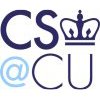
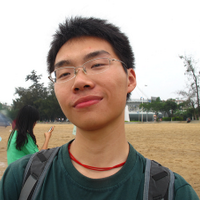

Learn everything you ever wanted to know about #PhotonAvalanchingNanoparticles & more in our beastly Chem Soc Rev review, years in the making! pubs.rsc.org/en/content/art… Led by "PA King" Artur w/ Marcin Szalkowski Artiom Skripka & PJ Schuck Columbia Quantum Initiative #OpenAccess Molecular Foundry


Together with Tijs Karman, Tim Langen (@timlangen.bsky.social), and Tanya Zelevinsky we organize a summer workshop on cold and ultracold molecules at the Aspen Center for Physics (Jul 13 - Aug 3) - please join us! Apply here until Jan 31: aspenphys.org/summer-worksho… We look forward to exciting


Here we realize ultracompact entangled photon sources by periodically poling 2D semiconductors (3R-MoS2), demonstrating quasi-phase-matched up- and down-conversion over micron-thick path lengths. Out today in Nature Photonics: nature.com/articles/s4156… Columbia University @Polimi @UniVienna


A research team led by CU MechEngineering associate professor James Schuck have developed a small, energy-efficient device that generates photon pairs more efficiently. Published today in nature Nature Photonics, this new breakthrough is redefining quantum possibilities and opening doors


Here we use spatiotemporal imaging to provide phase-matching angles, mode profiles and losses in 3R-MoS2 waveguides, showing birefringent phase matching in both multi- and single-mode waveguides. Out today in Nature Nanotechnology nature.com/articles/s4156… Columbia University Columbia Quantum Initiative

Check out our new preprint: We are very excited about our fruitful collaboration with Tijs Karman that led to the development of Double Microwave Shielding for ultracold dipolar molecules, critical for the creation of molecular BECs and a lot more: arxiv.org/abs/2501.08095
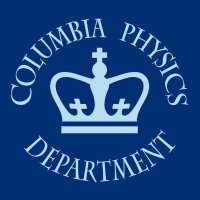

Automated graph-based detection of quantum control schemes: Application to molecular laser cooling, Anna Dawid, Niccoló Bigagli, Daniel W. Savin, and Sebastian Will Ania Dawid Sebastian Will Niccolò Bigagli Flatiron CCQ Columbia Quantum Initiative go.aps.org/4jJ9zAq


